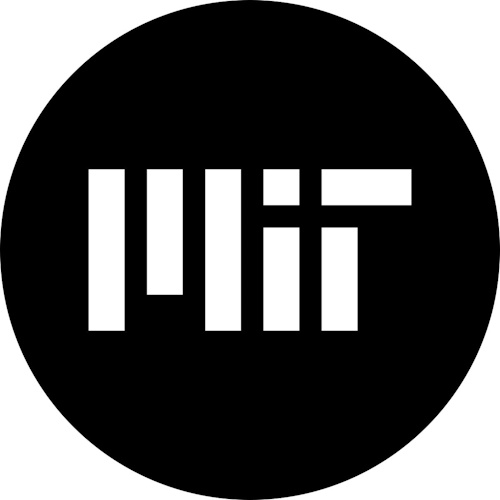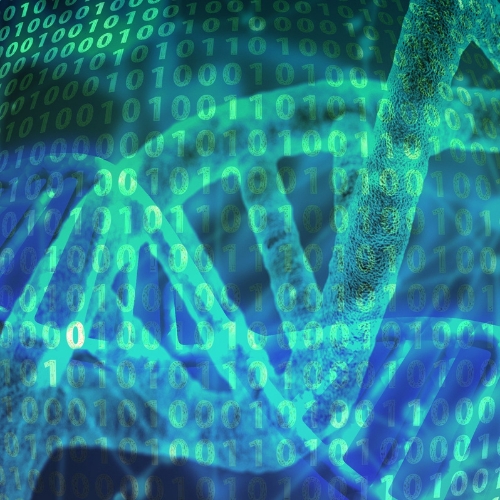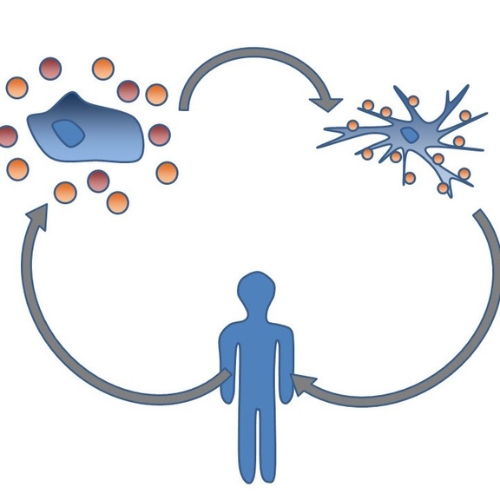Key points from article :
A new artificial intelligence system called CellLENS (Cell Local Environment and Neighborhood Scan) is helping scientists uncover hidden subtypes of cells within cancerous tumours—offering a powerful tool for improving targeted cancer therapies. Developed using a combination of convolutional and graph neural networks, CellLENS creates a detailed digital profile of each cell by integrating its molecular signatures (such as RNA and protein expression), physical appearance, and spatial location within tissue. This holistic approach enables researchers to distinguish between cell subtypes that might look alike under a microscope but behave differently depending on their local environment.
The study, published in Nature Immunology, was led by Bokai Zhu, a postdoctoral researcher at MIT and a member of the Broad Institute and Ragon Institute. Zhu explains that traditional techniques might identify a cell as, say, a T cell, but CellLENS can go further—revealing not just what type of T cell it is, but what it's doing (e.g., attacking a tumour boundary) and where it’s located within the tumour. This deeper level of analysis could help identify more specific biomarkers and guide the development of precise immunotherapies.
By applying CellLENS to both healthy tissues and several cancer types, including lymphoma and liver cancer, the researchers discovered rare immune cell subtypes and revealed how their spatial behaviour is tied to processes like tumour infiltration or immune suppression. This kind of insight is often missed by current single-method approaches, which may overlook key contextual cues critical for understanding disease progression.
According to co-author Alex K. Shalek, CellLENS exemplifies how new AI technologies can harness complex, multi-layered biological data to find novel therapeutic targets. The researchers believe that, with the right data and validation, CellLENS could significantly speed up the development of precision diagnostics and treatments, offering new hope for patients with hard-to-treat cancers.







